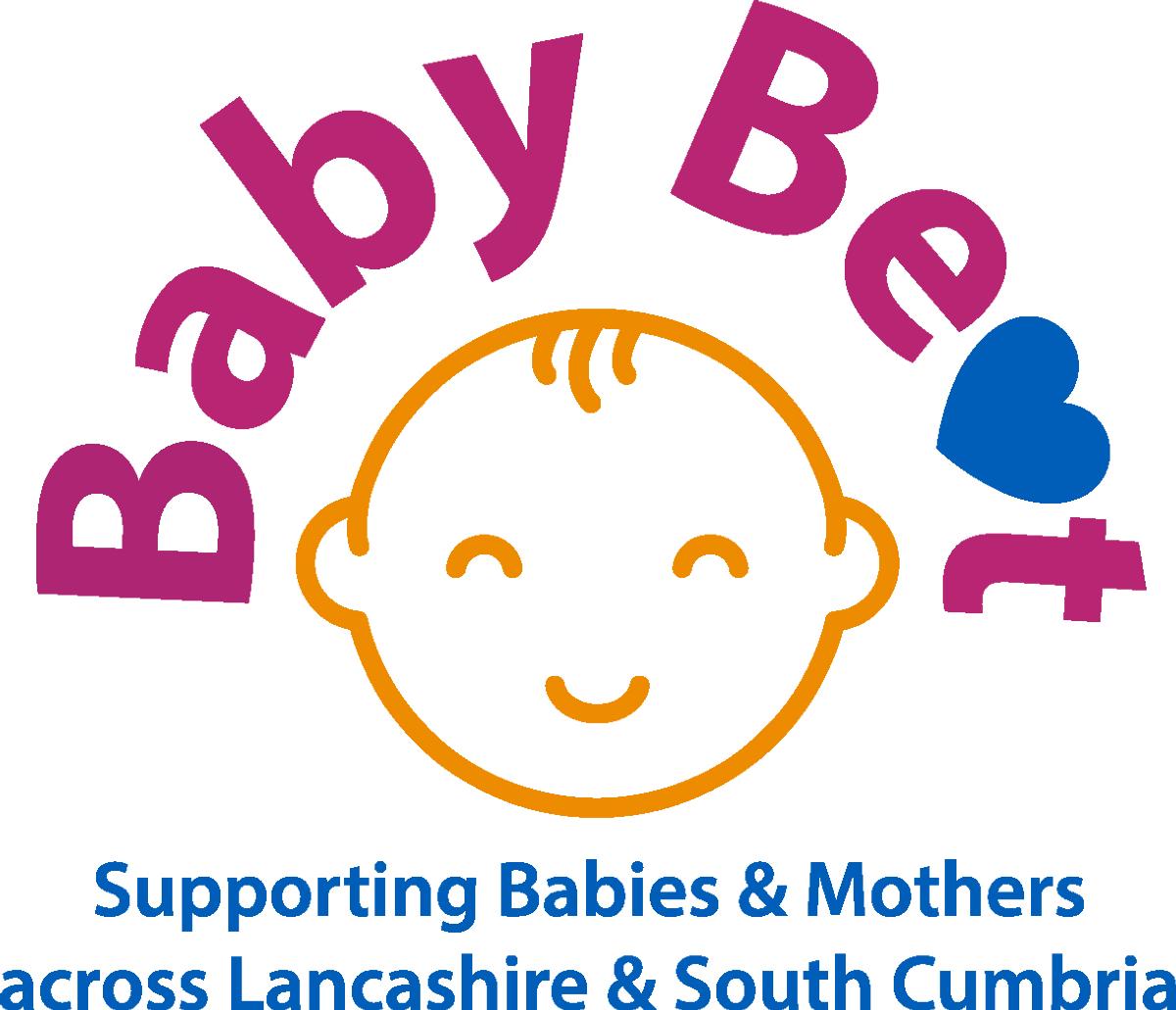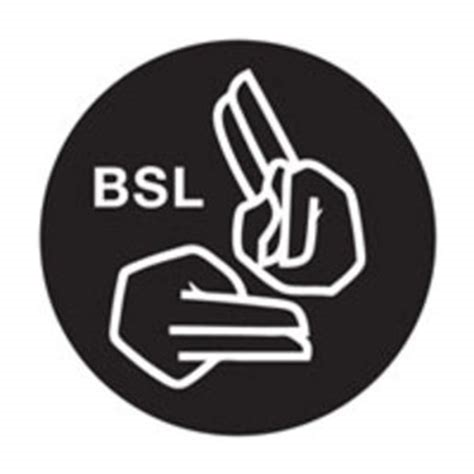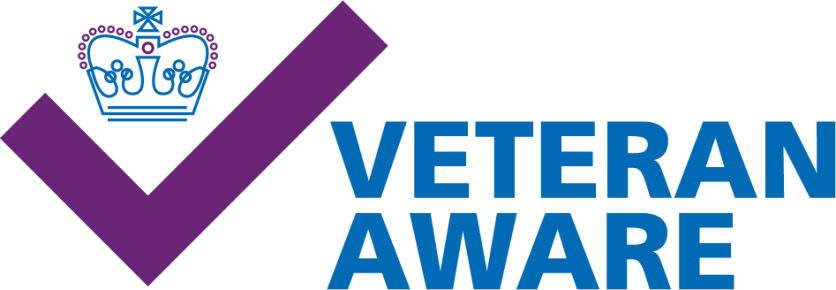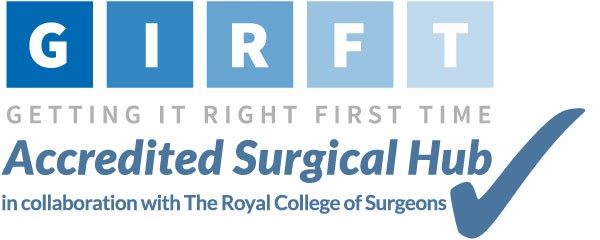Your baby has come from a darkend, contained, warm environment where sounds are muffled
To a very different environment here on the Neonatal Intensive Care Unit
/Baby%20in%20womb.png)
/A%20photo%20of%20the%20neonatal%20intensive%20care%20unit.png)
It is imperative that we consider all these changes to your baby's environment, their physical condition, and emotional wellbeing so that with your help, we can create the most appropriate environment to support your baby's development.
We call this Developmental Supportive Care and it involves the following:
- Family Integrated Care
- Protected sleep
- Minimise pain and stress
- Supportive positioning
- Environmental adaptations to reduce noise, bright light and noxious smells
- Kangaroo Care
- Cue Based Feeding and Breast Feeding support
Click below to learn more about each stage of growth and development
Here’s how you can support your baby
Emotional bonding: spend quality time cuddling, talking and singing to your baby. Your comforting presence helps them feel secure and loved and reduces stress and pain.
Skin-to-skin contact (Kangaroo Care): Practice kangaroo care by holding your undressed baby against your bare chest. This promotes bonding, regulates their temperature, and stabilises their heart rate and breathing. Practice for a minimum of 1 hour at a time for best results.
Feeding support: If your baby is able to breastfeed or bottle feed, offer them nourishment and support during feed times. This bonding experience strengthens your connection and provides essential nutrients for their growth.
Positive touch: Provide positive touch experiences to your baby by holding them or touching their skin gently. Some babies prefer ‘still’ touch while others will enjoy stroking to soothe and comfort them. Baby massage can also be used- talk to your Occupational Therapist for more information about this. You can also provide reassurance and positive touch during hospital procedures such as heel pricks and ROP examinations.
Responsive care: Pay attention to your baby’s cues and respond to their needs promptly. Whether they’re hungry, tired, or in need of comfort, your attentive care helps build trust and security.
Encouragement: Celebrate your baby’s milestones, no matter how small. Offer praise and encouragement as they reach new achievements, such as lifting their head or grasping onto objects.
Advocate: Be your baby’s advocate by communicating with healthcare providers and voicing any concerns or questions you may have. Your active involvement ensures that your baby receives the best care possible.
Your love, care and support are invaluable for your baby’s well-being and development. By providing a nurturing environment and being actively involved in their care, you’re laying the foundation for a strong and loving bond that will last a lifetime.
Behavioural cues
As a parent, understanding your baby’s behavioural cues can help you to respond to their needs more effectively. When your baby is very young, their behaviour is their way of communicating. Subtle cues from your baby can provide important insights into their well-being and how they are coping with something eg. Facial expressions, turning head away, splayed hands, extending arms and legs, change in colour, raised heart rate etc
Speak to your Occupational Therapist for further information
Sleep states
Understanding your baby’s sleep states can help you determine the best times to interact with them or perform cares. Here are the typical sleep states and recommendations for interaction:
Active Sleep (REM Sleep): During active sleep your baby’s eyes may move rapidly beneath closed eyelids, and they may make twitching movements. This is deep sleep, and may be difficult to wake your baby. It’s best to avoid unnecessary interaction during this state unless necessary.
Quiet Sleep (Non-REM Sleep): In quiet sleep, your baby’s body is relaxed, and their breathing is regular. They may have occasional startles or brief movements. This state is lighter than active sleep and your baby may be more easily aroused. Try to keep any interactions gentle and avoid overstimulation.
Drowsiness: This is the transition state between wakefulness and sleep. Your baby may appear sleepy, with droopy eyelids and slower movements. This is an opportune time for cuddling, soothing, or quiet interactions to help your baby drift off to sleep.
Quiet Alertness: During this state, your baby is awake and calm, with bright eyes and minimal movement. This is an ideal time for bonding, engaging in activities like talking, singing or gentle play, and offering opportunities for skin-to-skin contact.
Active Alert: In active alertness, your baby is awake and alert, with increased movement and more frequent eye movements. This is a good time for interactive play, such as showing them toys or making facial expressions to encourage social interaction.
Crying: Crying is your baby’s way of communicating needs or discomfort. Respond promptly to your baby’s cries to address their needs for feeding, comfort or attention.
Observing your baby’s sleep cues and states can help you anticipate their needs and provide appropriate care and interaction. Remember that every baby is unique, so tune in to your baby’s individual cues and preferences to establish a nurturing and responsive caregiving routine.
Non-Intrusive Sucking
Non-nutritive sucking is the process of babies sucking without receiving any nutrition. Sucking is one of the earliest reflexes learnt (from 11 weeks) in the womb and is extremely soothing for babies especially during procedures and when not being able to be fed due to prematurity, sickness or awaiting a procedure that requires them to be nil by mouth.
We will always ask for consent from parents to provide their baby with a pacifier.
Benefits of Non Nutritive Sucking
- Supports normal sucking patterns which promotes early oral feeds
- Helps reduce ‘oral aversion’, where a baby dislikes having things in their mouth
- Encourages the association between sucking and having a full tummy, when offered with a tube feed
- Stimulates the stomach to help digest milk
Resources to look at your baby's development
BLISS: Look at me, I'm taking to you
Tommy's Your Baby's Development
'All Wrapped Up' videos have been created by Yorkshire & Humber Neonatal Families - NHS Networks to guide and support families to care for their babies during their stayon the Neonatal Unit
BLISS: Skin to Skin & Kangeroo Care
BLISS: The role of parents in comfort and pain relief
NWODN: Positioning and Handling on the Neonatal Unit
NHS South Tees Hospitals has an excellent page on Developmental Care
/Photo%20of%20a%20baby%20lying%20on%20its%20mothers%20chest%20(2).jpg)







